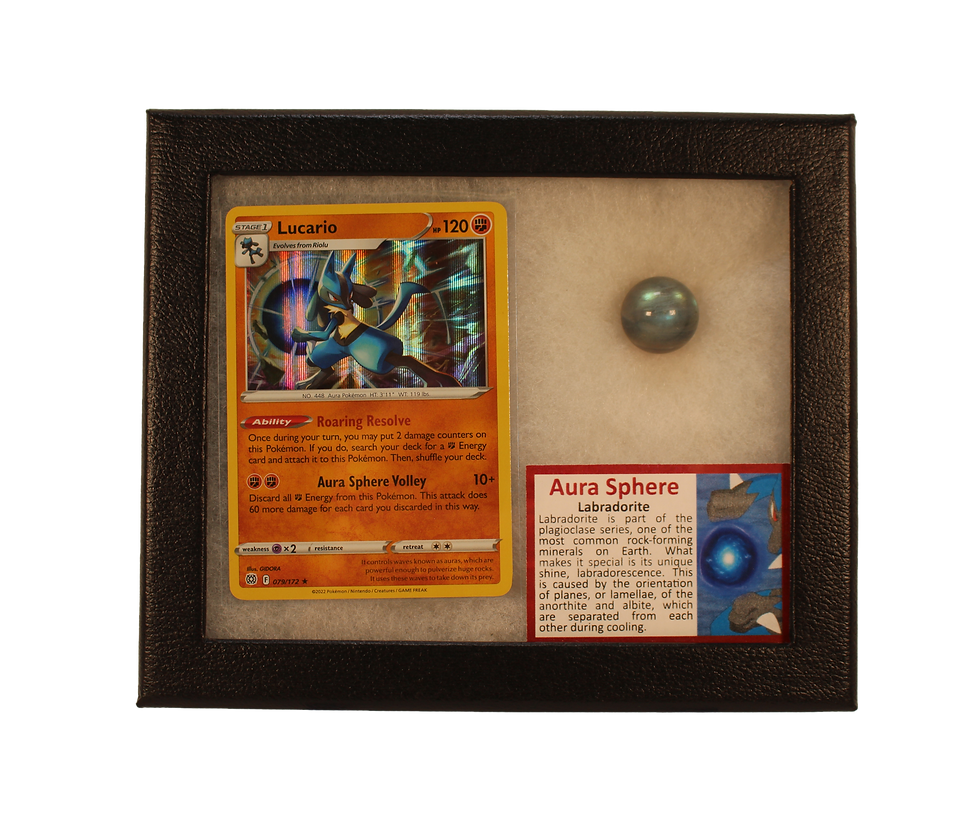STS-111, also known as Space Shuttle Endeavour mission STS-111, was a significant mission in NASA's Space Shuttle program. It was launched on June 5, 2002, with a primary objective of delivering the Expedition 5 crew to the International Space Station (ISS) and conducting various scientific experiments. The mission marked a critical step in the ongoing assembly and operation of the ISS, furthering international cooperation in space exploration.
Historical Context:
International Space Station (ISS): By the early 2000s, the ISS was under construction in low Earth orbit. It represented a collaboration between multiple space agencies, including NASA (United States), Roscosmos (Russia), ESA (European Space Agency), JAXA (Japan Aerospace Exploration Agency), and CSA (Canadian Space Agency). STS-111 played a vital role in delivering crew and supplies to the ISS during this crucial period.
Space Shuttle Program Challenges: The Space Shuttle program faced challenges, including safety concerns following the Space Shuttle Columbia disaster (STS-107) in 2003. The program was winding down in the years leading up to its retirement.
Crew of STS-111:
Kenneth D. Cockrell (Commander): Kenneth Cockrell was a U.S. Navy Captain and experienced astronaut. STS-111 was his fifth spaceflight.
Paul S. Lockhart (Pilot): Paul Lockhart was a U.S. Air Force Colonel and pilot with a background in engineering. STS-111 was his first spaceflight.
Franklin Chang-Diaz (Mission Specialist): Franklin Chang-Diaz, a physicist and astronaut with a unique background, conducted experiments during the mission. He is known for his work on advanced propulsion systems and made seven spaceflights throughout his career.
Philippe Perrin (Mission Specialist): Philippe Perrin, representing the French space agency CNES, was responsible for conducting scientific experiments on board the ISS. STS-111 was his first spaceflight.
Valery Korzun (ISS Expedition 5 Commander): Valery Korzun, a Russian cosmonaut, served as the commander of Expedition 5 to the ISS. He and his crew, Sergei Treschev and Peggy Whitson, were delivered to the ISS by STS-111 and stayed aboard for several months.
Mission Objectives:
The primary objectives of STS-111 were as follows:
Delivery of Expedition 5 Crew: The Space Shuttle Endeavour delivered the Expedition 5 crew to the ISS, ensuring the station's continued operation and ongoing scientific experiments.
Transfer of Equipment and Supplies: The mission involved transferring essential equipment, supplies, and scientific payloads between the Shuttle and the ISS, supporting the station's assembly and research activities.
Spacewalks (EVAs): The crew conducted three spacewalks, or extravehicular activities (EVAs), during the mission. These spacewalks were essential for ISS maintenance and assembly tasks, including the installation of the Mobile Remote Servicer Base System (MBS), which allowed the robotic Canadarm2 to move along the station's exterior.
Scientific Research: STS-111 carried various scientific experiments to the ISS, focusing on disciplines such as materials science, biology, and space medicine.
STS-111 was a successful mission that contributed to the ongoing assembly and operation of the ISS. It highlighted the international collaboration in space exploration and demonstrated the capability of the Space Shuttle to support complex missions in support of the growing space station. The crew's efforts played a crucial role in advancing our understanding of living and working in space and paved the way for future exploration endeavors.



















